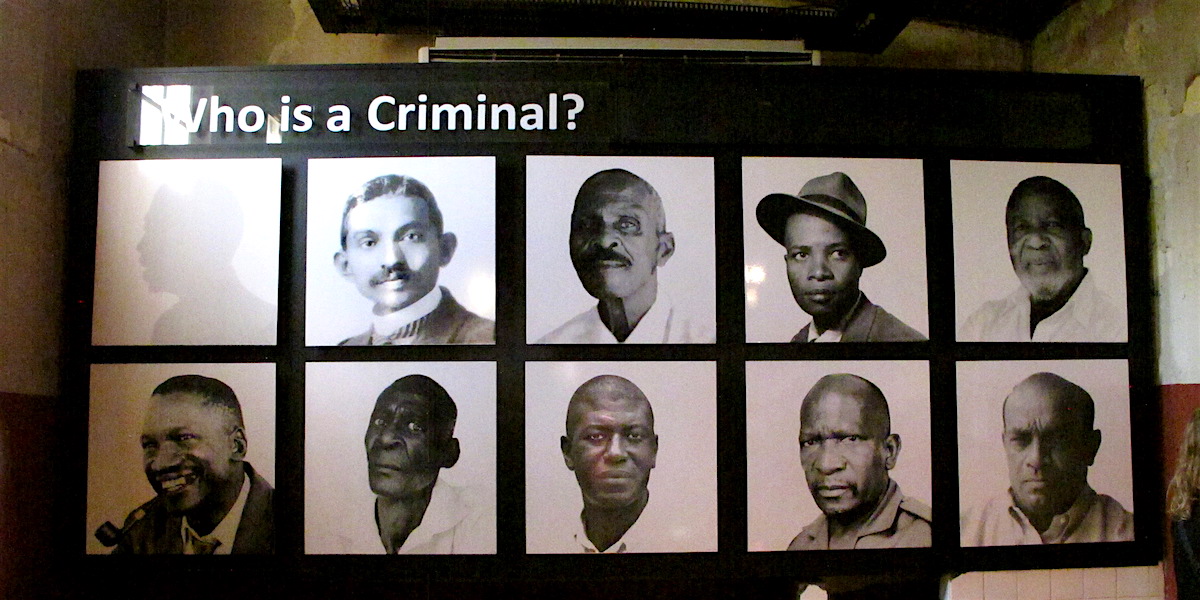Before setting off on a journey to foreign latitudes, a general plan of action seems a reasonable idea. When time and funds are limited, the most has to be made of both. The aim is an agreeable cocktail of experiences upon whose long-lasting effect individual memories and emotions can foster. Sometimes even carefully charted programmes are missing a vital link. One that takes travellers back into a country’s historical and political past, grim as it may have been. Then it will be understood why the past is inseparable from the present and the future and why landmarks such as Joburg’s Constitution Hill epitomise the lifeblood of an entire nation.
A prison for white men in 1892 plus a military fort in 1899 plus another prison in 1904 … and now a museum: The precinct of today’s Constitution Hill wedged between the neighbourhoods of Hillbrow and Braamfontein, consists of an array of sombre structures. Never large enough, extensions in its active time resulted in a conglomerate of buildings that catapults contemporary visitors straight into the gloomy lives of former inmates.
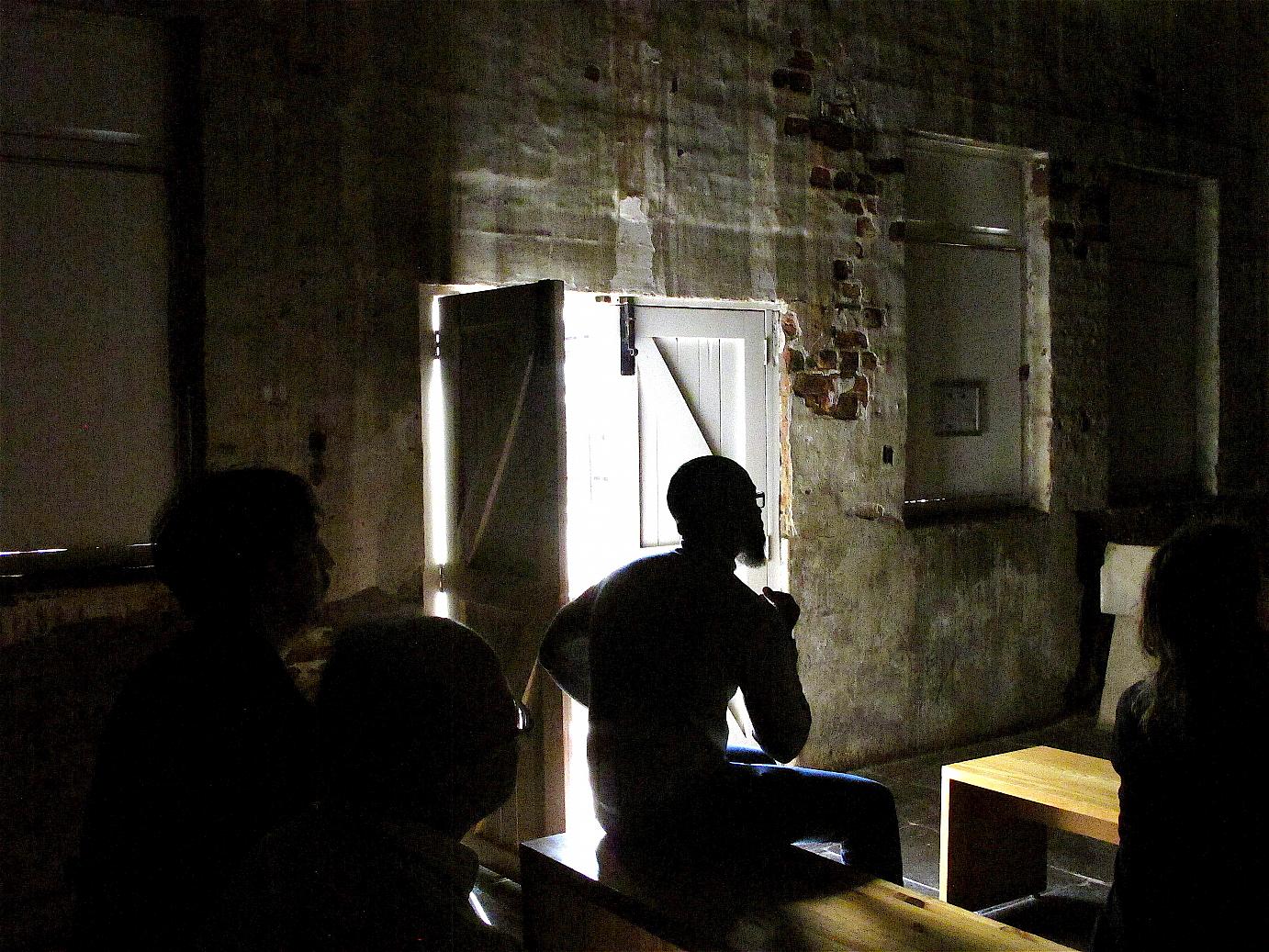
The film shown in the video room at the entrance of the exhibition only marginally prepares for what is to come!
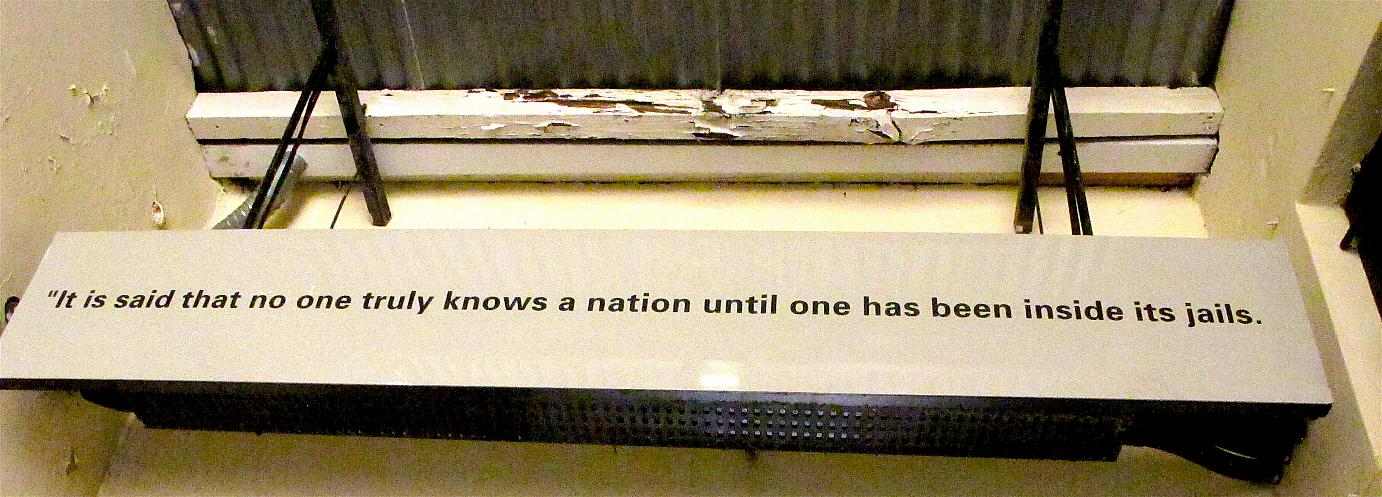

A solitary cell for black Africans. Unspeakable sanitary conditions and diseases spreading uncontrollably through overcrowding and neglect posed constant challenges. But they also offered the cruel tools for abuse and humiliation. Depriving prisoners of their human rights and their dignity amplified by prolonged solitary confinement were meant to break strong wills.
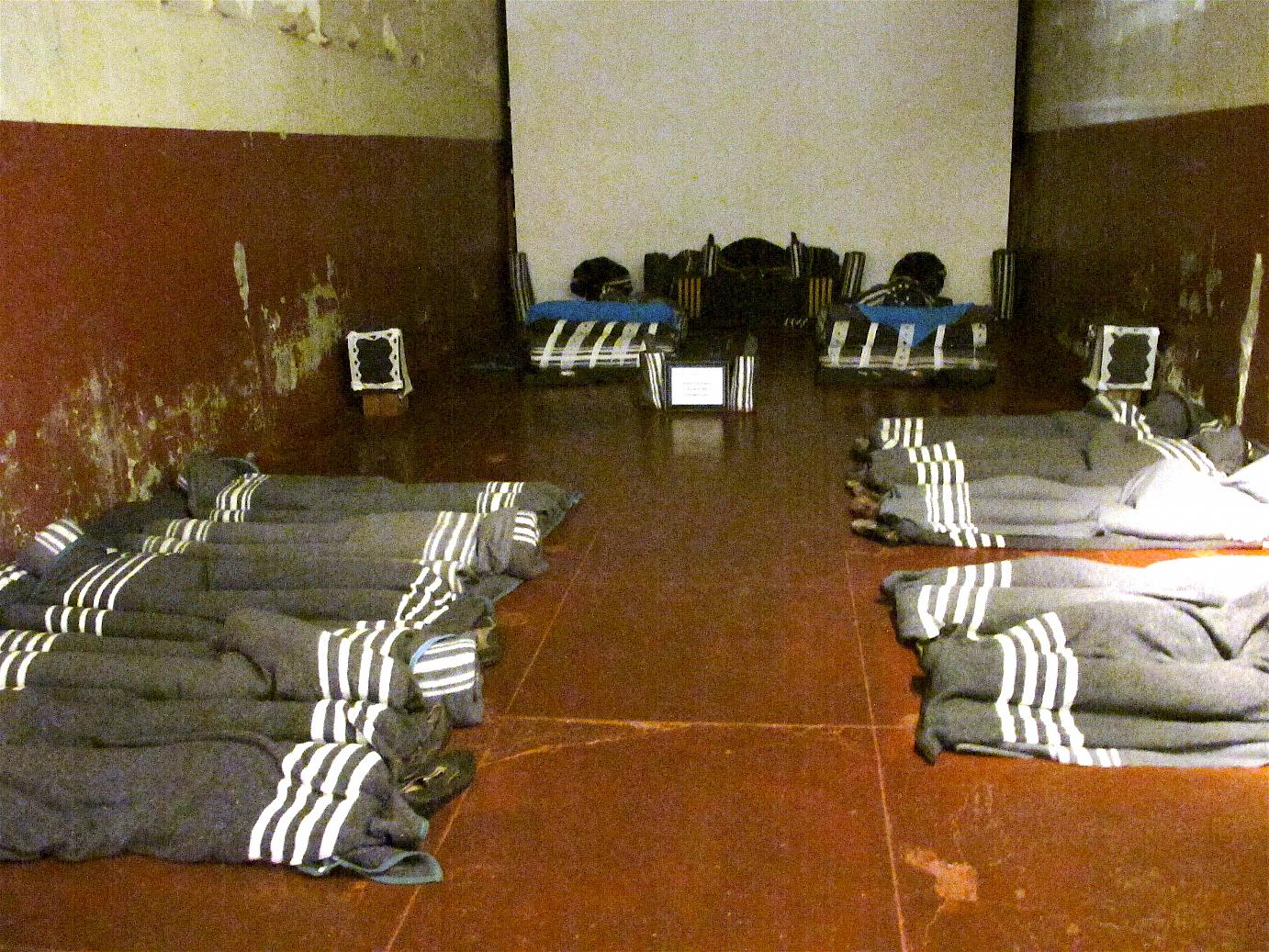
A communal cell.’These communal cells often housed twice the number of prisoners they were designed for. While the cells may have appeared chaotic, they were highly organised spaces run by cell bosses. Strict hierarchies divided the prisoners, whose social power and status determined where and how they slept as well as what they could and could not do in the cells.’
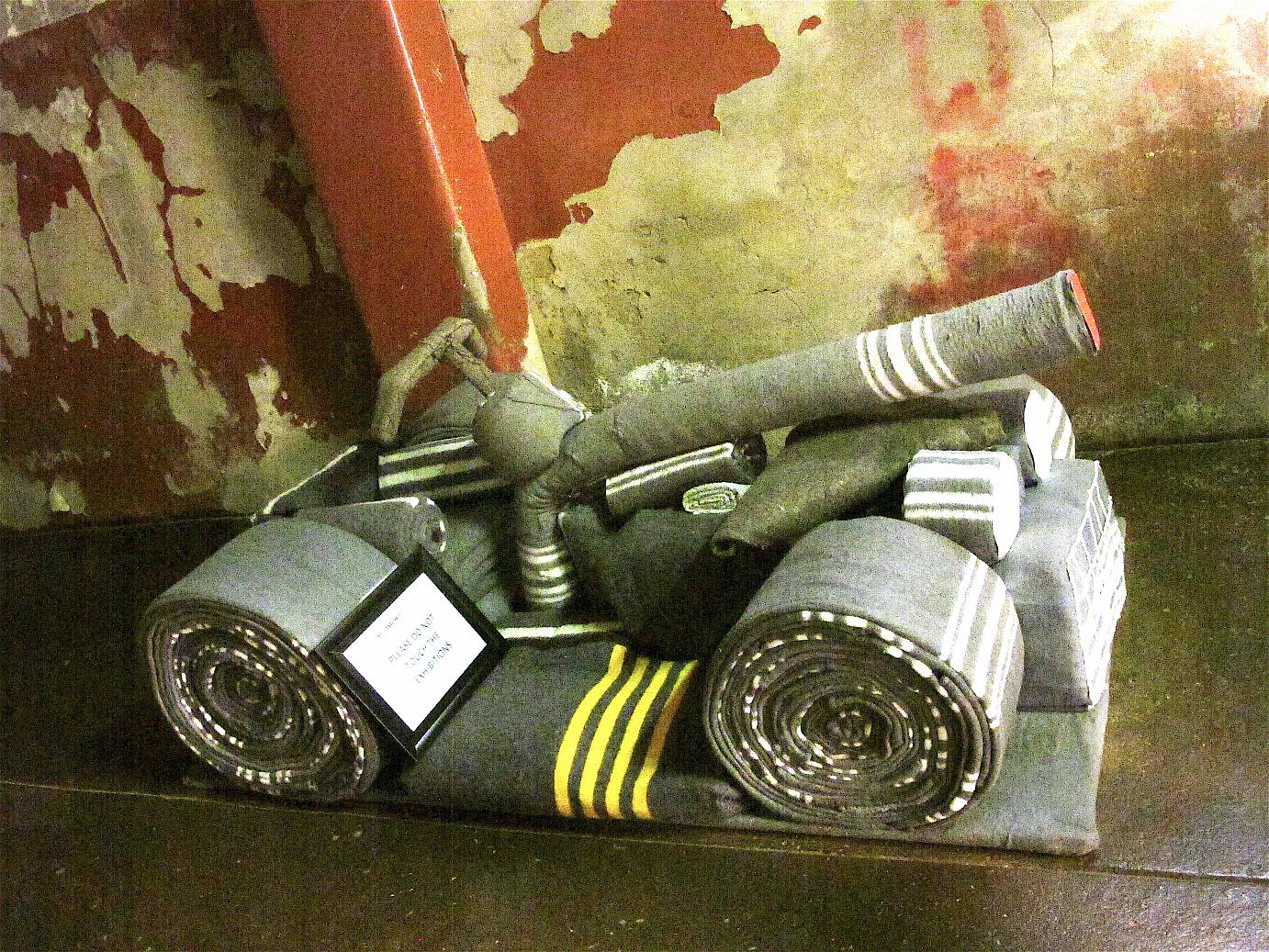
Some even found solace in their creativity.
Number Four
In 1904, Number Four – the ‘Native Prison’, was added to the complex in order to create more space for predominantly black male prisoners. But Asians such as Mahatma Gandhi (in 1908) and members of the Indian community were held behind these bars as well: All of them had refused to carry ‘a pass’.
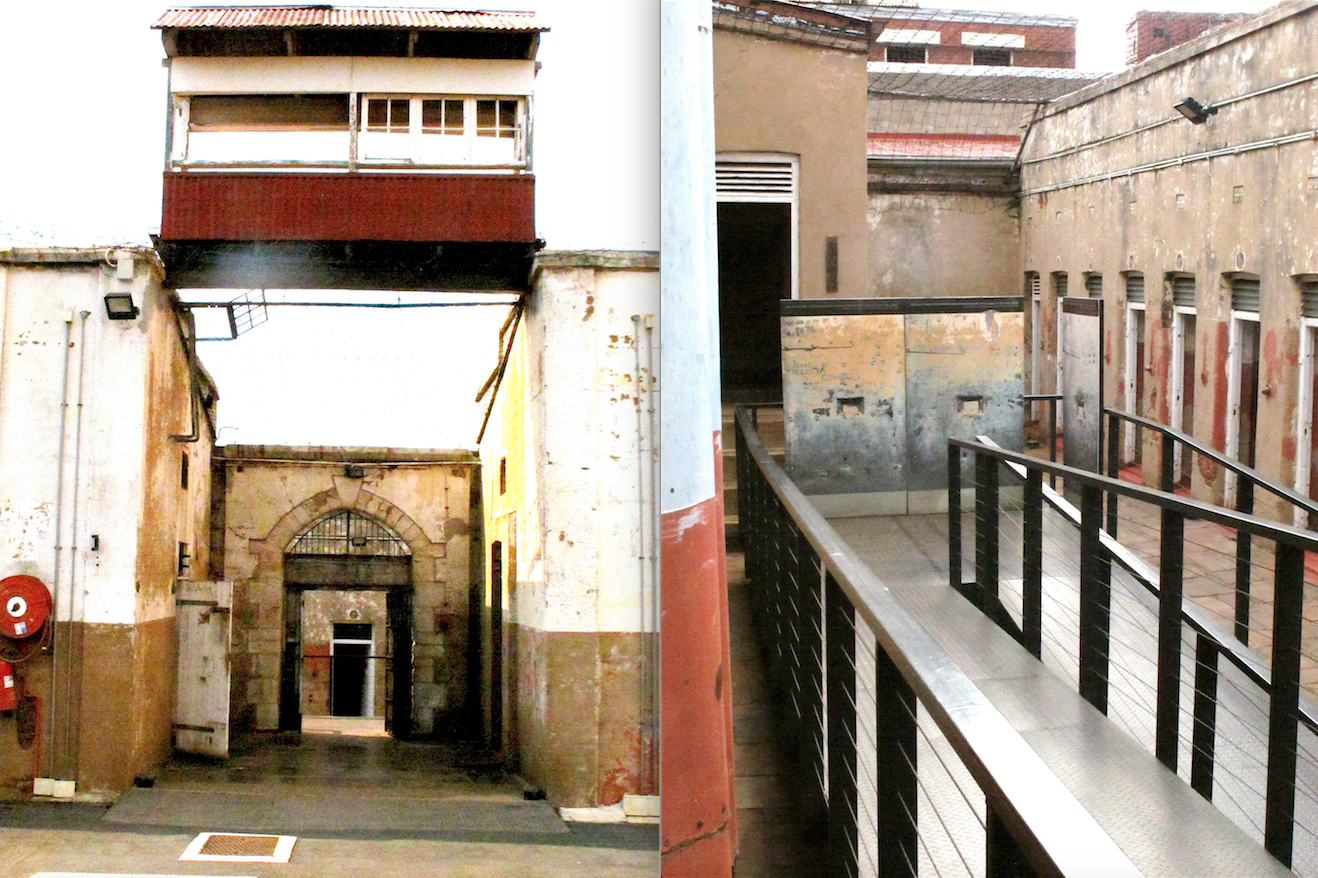
In South Africa, pass laws were a form of internal passport system designed to segregate the population, manage urbanisation, and allocate migrant labour. Also known as the natives law, pass laws severely limited the movements of not only black African citizens, but other people as well by requiring them to carry pass books when outside their homelands or designated areas. Before the 1950s, this legislation largely applied to African men, and attempts to apply it to women in the 1910s and 1950s were met with significant protests. Pass laws would be one of the dominant features of the country’s apartheid system, until it was effectively ended in 1986.“
Thank you, Wiki. https://en.wikipedia.org/wiki/Pass_laws
Apartheid: A vile new term for long-known discrimination
When – in 1948 – apartheid became legislation and the freedom of movement for everyone but whites was restricted to a bare minimum, more than 90,000 persons were impounded within the course of merely one year (1947/1948). During the apartheid era, the jail was also used as a detention center for dissidents and political activists, next to whom thousands of men, women and children – ‘the everyman and the elite’ were kept prisoner.
An act of civil disobedience
Back in 1893, the young lawyer Mohandas Gandhi – travelling in the ‘whites-only’ compartment – was thrown off the train because he insisted on keeping his first class seat. Asians like him were second in the racial lineage: Whites, Asians, Coloureds, Blacks.
The Treason Trial in 1956
A ‘new breed’ of prisoner: Political activists such as Nelson Mandela or Oliver Tambo, along with 156 others, were detained in Number Four for two weeks. The trial lasted until 1961 – and all defendants were found not guilty.

This picture was taken by Christina Feyerke at the Mandela Capture Site museum in Howick/KwaZulu Natal.
In 1983, nearly a century after the first structure had been built, the prison complex was closed for good and left to the ravages of time.
Democracy in South Africa: Government by the whole population
The first democratic election in 1994 saw Nelson Mandela become president – popular as ever and still going strong after having spent half of his live behind prison walls or under house arrest.
When looking for an appropriate seat for the new Constitutional Court, no other venue seemed more predestined to mark the new age of democracy in South Africa than the prison site on the hill.
A jury of ten judges was appointed by Mandela to represent the future Constitutional Court, which was inaugurated on the 14 of February, 1995.

The Plenary Hall of the Constitutional Court in Johannesburg. https://www.concourt.org.za/index.php
The echo of a tour of Constitution Hill should reverberate through any conscience.
If it doesn’t: Please do visit again.
All images©Christina Feyerke_2020
More on South Africa on goodmeetings.com:
https://goodmeetings.com/2013/12/south-africa-the-long-walk-to-freedom-has-ended/
